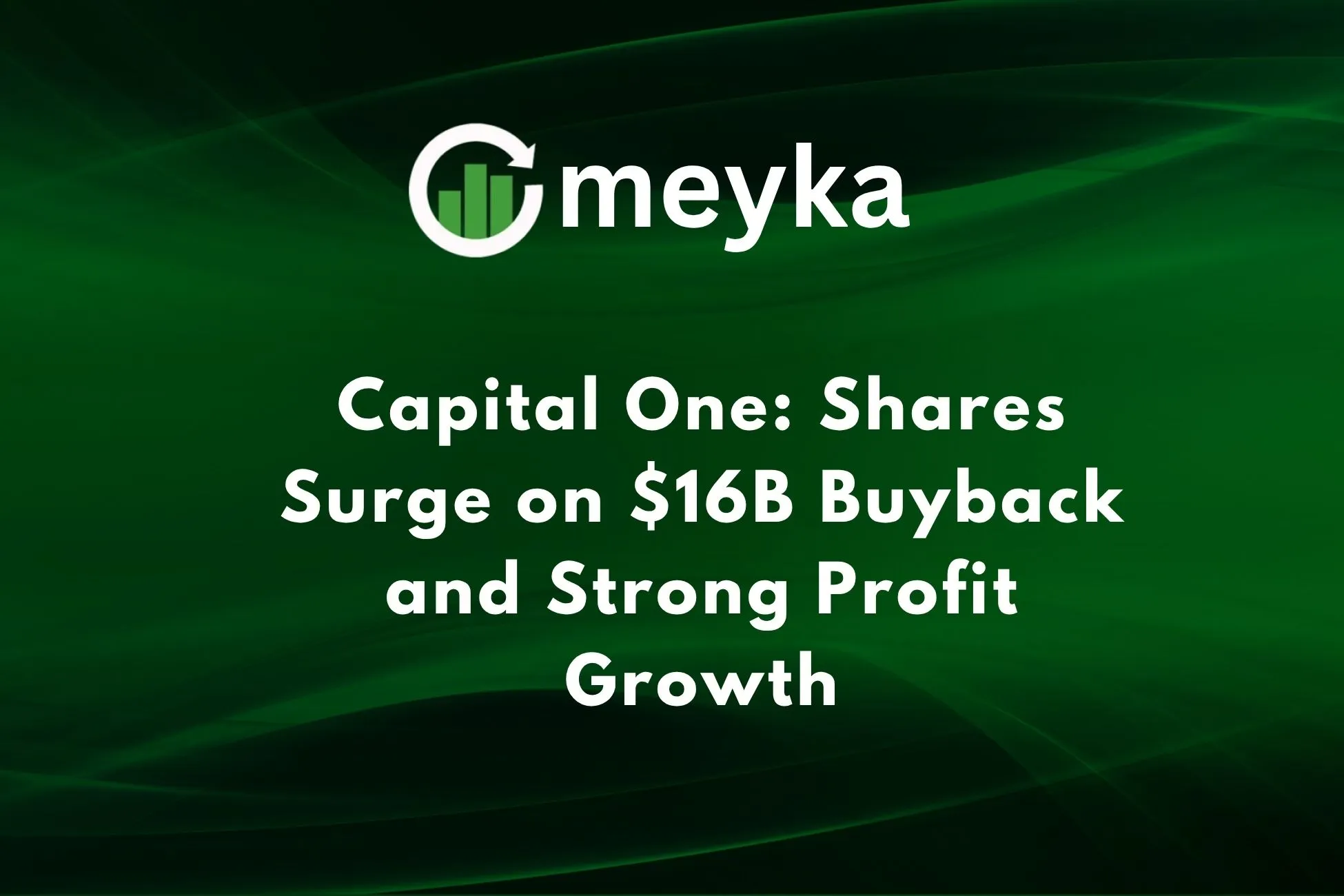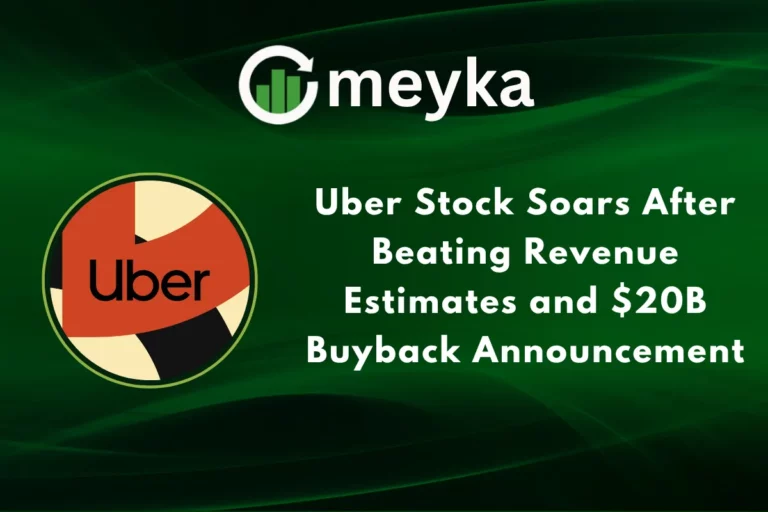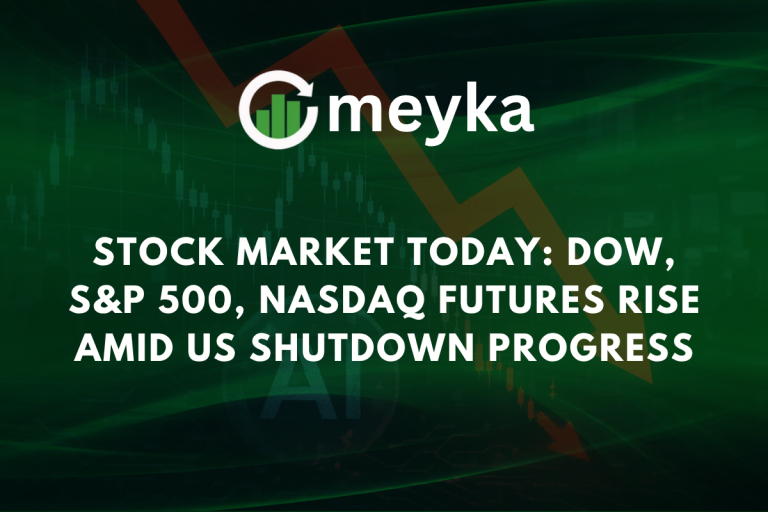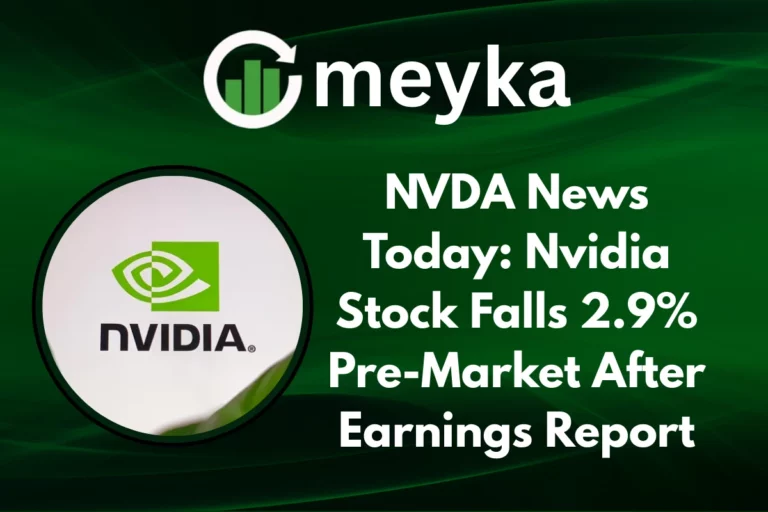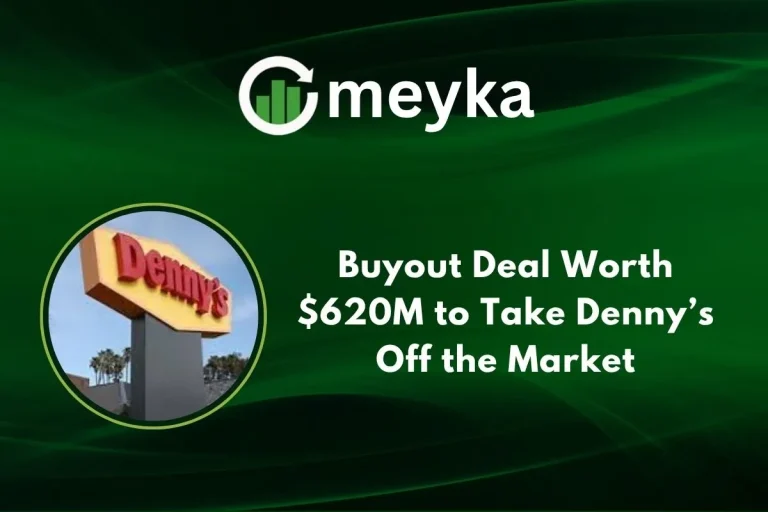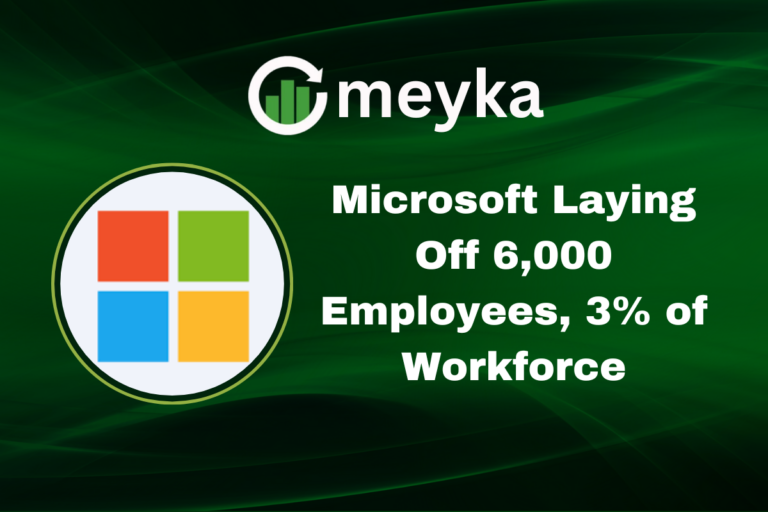Capital One: Shares Surge on $16B Buyback and Strong Profit Growth
We from the markets desk watched closely as Capital One stunned investors with a bold capital return plan and a sharp profit rebound. The bank announced a $16 billion share buyback alongside a beat on third-quarter results. That mix of aggressive buybacks and improving earnings sent the stock higher and changed the conversation about Capital One’s post-acquisition outlook.
A quick snapshot
- What happened: Capital One authorized up to $16 billion in share repurchases and reported a strong quarterly profit.
- Market move: Shares jumped after the news as investors priced in higher future EPS and stronger shareholder returns.
The $16 billion buyback: why it matters
A buyback of this size matters for several reasons. First, it signals that management thinks the shares are undervalued or that excess capital is available after strategic moves. Capital One’s new program replaces its prior authorization and is large relative to its market cap and capital base. The company said repurchases will begin immediately and are designed to return capital to shareholders while supporting long-term growth.
Buybacks reduce the number of shares outstanding. That tends to lift earnings per share (EPS) even if net income stays flat. For income-oriented shareholders, buybacks can complement dividends and boost total shareholder return. Analysts noted the move follows progress in integrating Discover, which has helped lift revenue and loan balances.
Profit growth and the numbers behind it
Capital One reported third-quarter net income of about $3.2 billion, or roughly $4.83 per share, while adjusted EPS came in notably above many forecasts. Total net revenue rose sharply year-over-year as the Discover deal expanded the bank’s card footprint and fee income. Net interest income also gained from higher loan balances and improving card yields.
Credit metrics improved, too. Charge-off rates and provisions for losses eased from prior peaks. That gave the bank cleaner earnings quality and freed up capital for buybacks and dividends. Management highlighted that integration costs for Discover are moving from heavy investment to value capture, which helped margins this quarter.
Market reaction and analyst views
Investors reacted quickly. Capital One shares rose in extended trading and rallied the following day as brokers updated models to reflect higher EPS from the buyback. Some analysts raised price targets, citing better-than-expected organic card trends and faster credit improvement. Coverage noted the legal and regulatory issues the bank still faces, but many said today’s results and the buyback point to stronger earnings power going forward.
The media highlighted the contrast between the earlier acquisition-related loss and this quarter’s rebound. After a quarter with acquisition charges, the fresh profit print and capital return plan helped shift sentiment back toward growth and shareholder returns.
Strategic outlook, driver, and risks
Growth drivers
- Discover integration: The Discover deal broadens Capital One’s card base and merchant relationships. Early signs show revenue lift.
- Net interest income: Loan growth and card balances support higher interest income if rates remain favorable.
- Digital and cost efficiency: Capital One’s ongoing investment in digital tools and automation helps reduce unit costs and improve credit decisioning.
Risks to watch
- Credit cycles: A deterioration in consumer credit or an economic slowdown could raise charge-offs and pressure margins.
- Regulatory and legal matters: The bank has faced regulatory scrutiny in recent years. Any large fines or rulings could weigh on capital.
- Integration execution: Merging large consumer portfolios takes time. Unexpected costs or slower synergies would dent the outlook.
What the buyback means for investors
For shareholders, the $16B repurchase program is bullish in several ways. First, it shows management confidence in the capital plan. Second, it should mechanically boost EPS over time, barring major credit setbacks. For income and total-return investors, the mix of an increased dividend and aggressive repurchases often signals a shareholder-friendly stance. Analysts who follow the bank now weigh the buyback into valuation models, and some have nudged fair values higher after the beat.
Short-term traders may cheer the momentum. Long-term investors should watch how capital is deployed over the next few quarters and whether credit trends remain favorable.
Conclusion
Capital One’s $16 billion buyback, paired with a strong profit beat, marks a turning point after a period of heavy acquisition activity and integration costs. The company’s improved credit performance and rising revenues gave it room to return capital aggressively. While risks remain, notably credit and regulatory headwinds, today’s moves signal that Capital One is shifting from rebuilding capital to rewarding shareholders.
We from the markets desk believe this is a meaningful reset. It does not erase all uncertainty. But it does make Capital One a more compelling name for investors seeking a mix of growth and shareholder returns in the banking sector.
FAQS:
Capital One is a public company, meaning many people own pieces of it by buying its stock. The company is led by founder and CEO Richard Fairbank.
Capital One is regulated like other big banks in the U.S. and follows financial safety rules. But no bank is totally risk‐free; always watch your own account and credit activity.
In 2019, Capital One had a major data breach where an outsider accessed personal data of over 100 million customers and applicants. Also, regulators say it withheld over $2 billion in interest payments from some savings‐account holders.
Disclaimer:
This content is for informational purposes only and is not financial advice. Always conduct your research.
